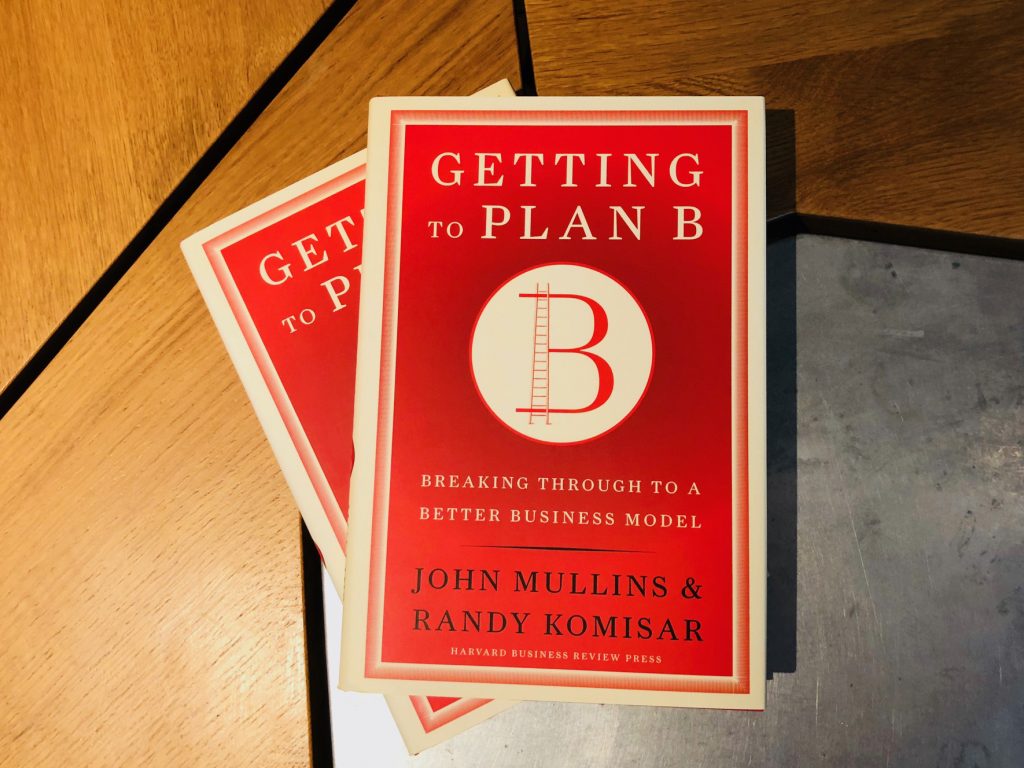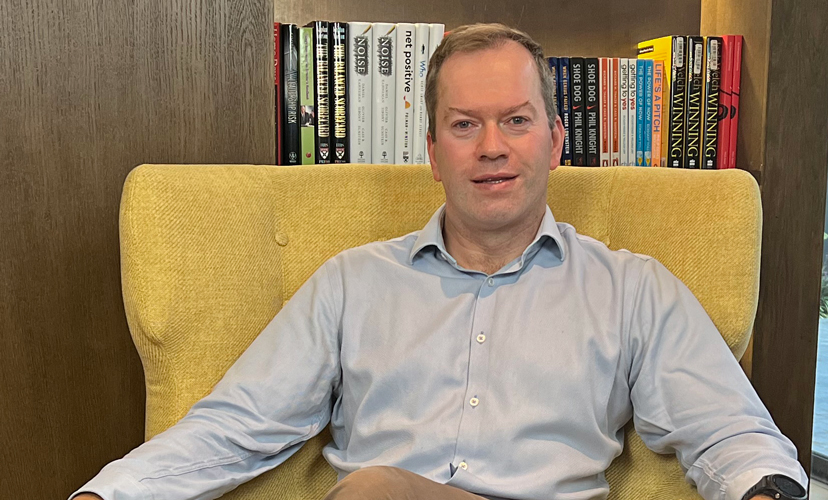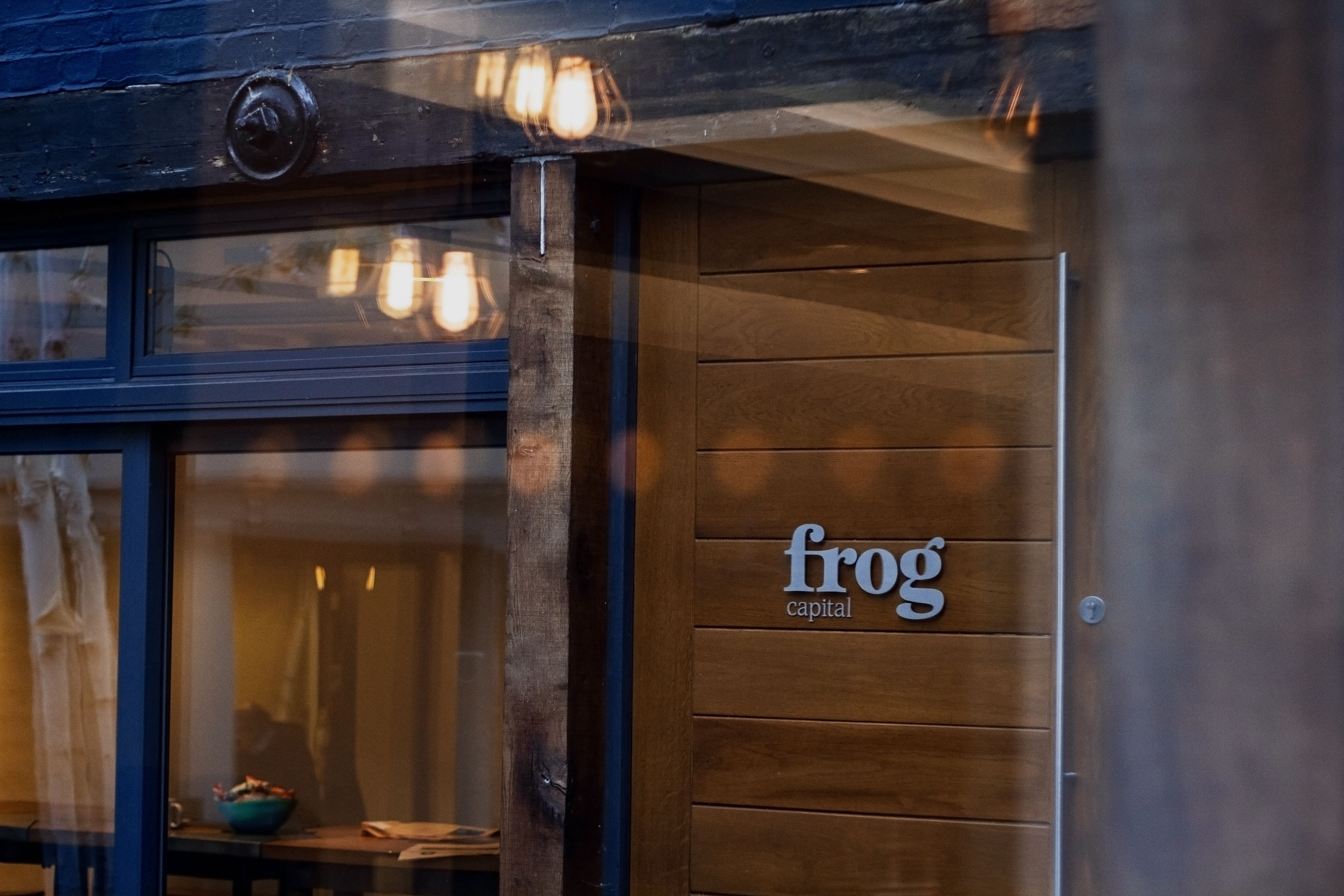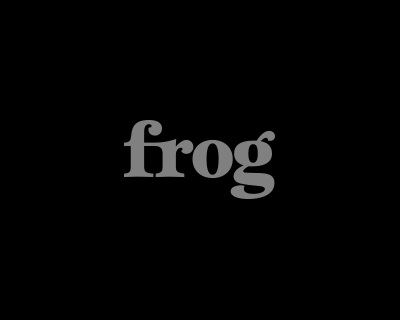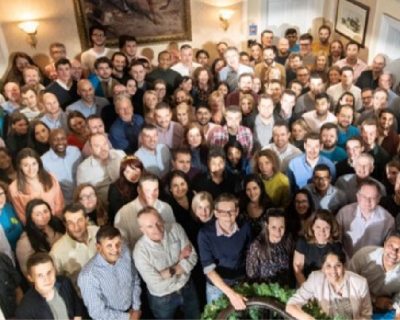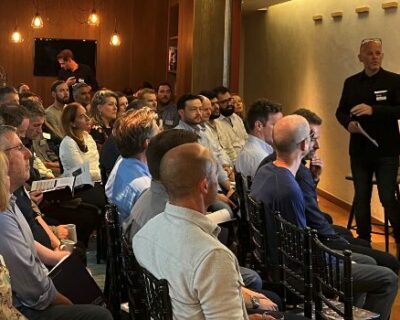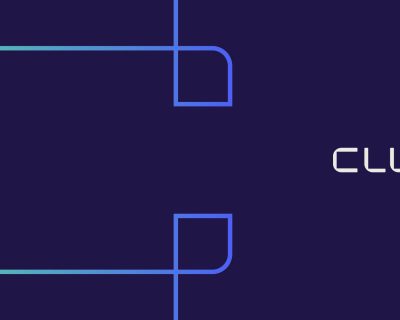Scaling a business from an idea to a sustainable company is typically not a straight line. In fact, in the combined experience of Randy Komisar, a repeat entrepreneur turned successful venture capitalist, and John Mullins, a Professor for Entrepreneurship at London Business School, some two thirds of successful business ideas evolved away from their respective Plan A. Their book on how to test and iterate their business plans draws on this experience and, more importantly, on how to iterate successfully.
In Getting to Plan B, Komisar and Mullins outline a four-step process to test and challenge your existing business plan and iterate it to a more promising version:
- Identify elements you can emulate from other companies. By keeping an open eye both on competitors in your sector and other companies, you can identify ideas and processes to adapt to your company without having to re-invent the wheel.
- Identify things to avoid. The flip side of the point above, by looking beyond the walls of your own company, you can find items to avoid – let it be because they proved unsuccessful or because you want to differentiate yourself.
- Define your leaps of faith. Sometimes there are no predecessors and you have to make your assumptions and recognise these as such.
- Create a dashboard. To assess how your assumptions are performing against your expectations, you should use a dashboard. It will help you measure to what extent you are succeeding or, indeed, whether you have to run this process anew.
To find out how this process works in reality, you don’t need to look further than one of the most impressive success stories in recent years: Google.
In their Plan A, Google founders Sergey Brin and Larry Page devised a search engine that delivered more relevant results than the established search engines of the time. However, this was a Plan A without a revenue model, quickly necessitating an iteration as the costs associated with increasing the required computing power grew in line with the popularity of the newcomer.
Brin and Page then made the leap of faith that other websites would license their technology. And leading internet companies such as Yahoo! and Red Hat did. However, the dashboard quickly revealed that the licence fees earned by Google were not enough to help them build a profitable and sustainable company.
To solve this challenge, Google found a model to emulate in Overture, which at the time was showing paid ads at the top of search results. Using their superior search algorithm, Google could limit paid ads to the three most relevant ones. Shortly after this iteration was implemented, Brin and Page realised they were onto a winner.
In their book, Randy Komisar and John Mullins provide various examples similar to the Google story that illustrate why their Plan B process is so successful, including Apple’s iTunes, Skype, eBay and also old economy success stories like Toyota. This breadth of the examples reveals the universal applicability of the iteration process advocated by the authors. And it is this applicability which makes Getting to Plan B not just a good read but also an indispensable guide for the scale-up CEO.
